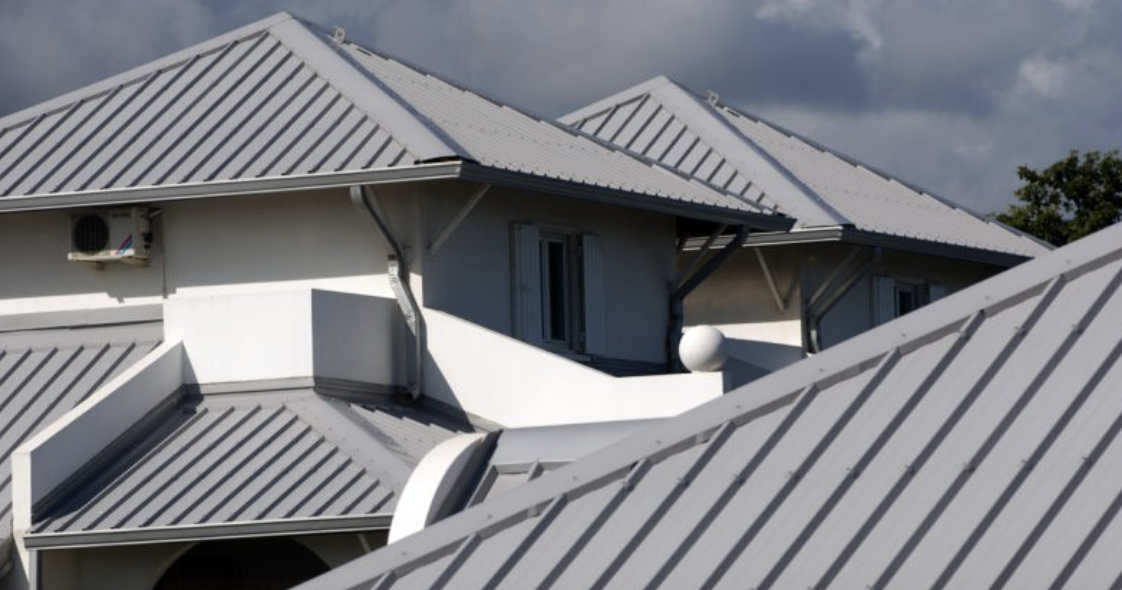🚨 Toronto is experiencing more frequent and intense extreme heat events. Why does that matter, and what should we be doing? 🚨
As summer temperatures soar, Toronto faces the escalating challenge of urban heat stress. Extreme heat waves and heat domes continue to become more common and severe, driven by climate change and the urban heat island effect.
Understanding Urban Heat Stress and its Impacts in Toronto
When people are exposed to extreme heat, it can result in occupational illnesses and injuries. Heat stress can result in heat exhaustion, heat cramps, heat rashes, or heat stroke (Centers for Disease Control and Prevention). Urban heat stress arises from several factors such as urban heat island effect, climate change, lack of green spaces, and socioeconomic disparities.
Symptoms of heat exhaustion include:
- Skin rash
- Dizziness
- Nausea or vomiting
- Rapid breathing or heartbeat
- Heavy Sweating
- Extreme thirst
- Headache
- Difficulty concentrating
- Muscle cramps
- Dark urine and decreased urination

Without intervention, heat exhaustion can escalate to heat stroke, requiring urgent medical attention. As our climate warms and cities grow, more individuals will face these heat-related health risks.
In urban areas, the most vulnerable to heat stress are often low-income residents, elderly individuals, young children, unhoused individuals, and those with pre-existing health conditions, as they may lack access to adequate cooling, healthcare, and live in high-risk environments.

Beyond personal health, extreme heat also increases energy demand, damages infrastructure, and has significant economic consequences.
Building Equitable Heat Relief in Toronto
While some can cool down with air conditioning or fans, many are not as fortunate. To safeguard public health and enhance urban livability, Toronto is actively developing heat relief networks and implementing other strategies to address this issue.
Toronto’s Heat Relief Network aims to ensure everyone stays safe and cool, including over 600 publicly accessible facilities providing air conditioning and cooling resources, supported by local organizations, businesses, and city agencies to aid vulnerable populations during extreme heat events.
How You Can Get Involved
Here are some steps you can take to support your community during hot summer days:

Advocate for Tenant Heat Safety
To protect Toronto tenants from heat, we need a by-law that limits indoor temperatures and emergency programs to help cool people this summer. Send a personalized message to your City Councillor and tell them that we need to protect heat vulnerable tenants this summer.

Support Green Spaces
Green spaces provide shade, reduce street temperatures, provide key stormwater management benefits, and even help sequester carbon! You can plant trees or a native garden on your property, or grab a few friends and volunteer with the City of Toronto and plant trees, shrubs and wildflowers, helping to grow Toronto’s urban forest.

Check on your Neighbors
Make sure your neighbors, especially the elderly, young children, and those with health conditions, are staying cool and hydrated.

Stay Hydrated and Help Others
Carry extra water bottles when you’re out and about, for yourself, your friends, pets, or to do a random act of kindness and give them to others in need!

Know your Cooling Centers
Know where your local cooling centers are located and encourage others to use them if they don't have access to air conditioning.

Encourage Cool Roofs & Green Roofs
Advocate for the use of reflective and permeable materials in your neighborhood to help lower temperatures. Incentives are available to support the installation of green roofs and cool roofs on Toronto homes and buildings.

Protect yourself from the Sun
Wear sunscreen, hats, and UV-protective clothing. Don't forget sunglasses and eye protection to shield your eyes from harmful UV rays.

Spread Awareness
Share information about the dangers of heat stress and available resources like cooling centers through social media, community boards, and conversations.
As Toronto continues to grow and face the impacts of climate change, addressing urban heat stress through data-driven, equitable programs is essential. By implementing a combination of technological, natural, and social strategies, Toronto can create a more resilient and livable urban environment.
Collaborative efforts between government agencies, communities, and residents are vital to ensuring a sustainable and heat-resilient future for Toronto. Stay tuned to learn more about how CRC is continuing to get involved in this work!


